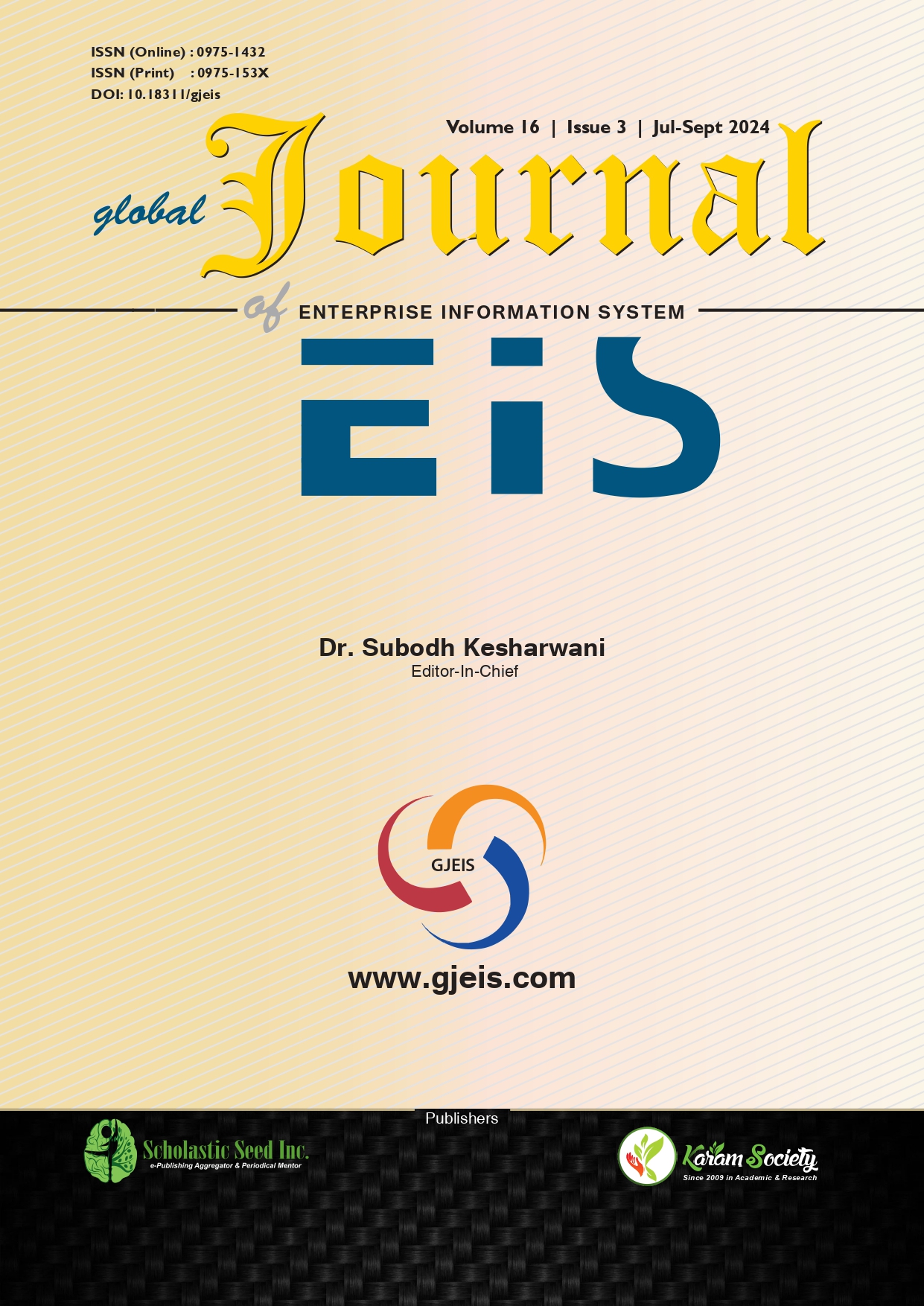Designing for Uptime: A Framework for High Availability Systems
Abstract
Purpose: The purpose of this study is to propose a comprehensive framework for designing high availability (HA) systems that meet diverse operational demands. By focusing on Non-Functional Requirements (NFRs) as foundational elements, this research addresses how HA can be achieved while balancing scalability, reliability, and performance. The framework is aimed at assisting system architects in navigating the complexities of designing resilient, enterprise-grade systems capable of meeting modern uptime requirements, from three nines (99.9%) to six nines (99.9999%).
Design/Methodology/Approach: This study employs a mixed-method approach combining theoretical modelling, case analysis, and scenario-based evaluations. The methodology includes fault tree analysis, reliability block diagrams, and simulation testing to model and validate the impact of NFRs on system performance and availability. Insights from real-world implementations of HA systems are incorporated to contextualize the proposed framework. Tools and techniques like distributed systems, global load balancing, and multi-region orchestration are critically assessed.
Findings: The research identifies key methodologies and technologies for achieving high availability across system tiers, including the UI, application, database, and integration tiers. It highlights the critical interplay between HA and other software quality attributes such as security, maintainability, and performance. Findings suggest that incorporating advanced orchestration techniques and predictive monitoring significantly enhances the reliability and scalability of HA systems. The study also underscores the importance of iterative feedback and real-world testing in aligning system design with operational goals.
Originality Value: This paper contributes to the field by providing a structured High Availability System Design Matrix that aligns NFRs with availability KPIs and specific architectural solutions. By addressing the practical challenges of designing highly available systems, the study bridges the gap between theoretical NFR modeling and real-world system design. Its insights into cost-performance trade-offs and the integration of HA with scalability provide valuable guidance for enterprises and system architects.
Paper Type: Case Based Study
Copyright (c) 2025 Global Journal of Enterprise Information System

This work is licensed under a Creative Commons Attribution-NonCommercial-NoDerivatives 4.0 International License.








